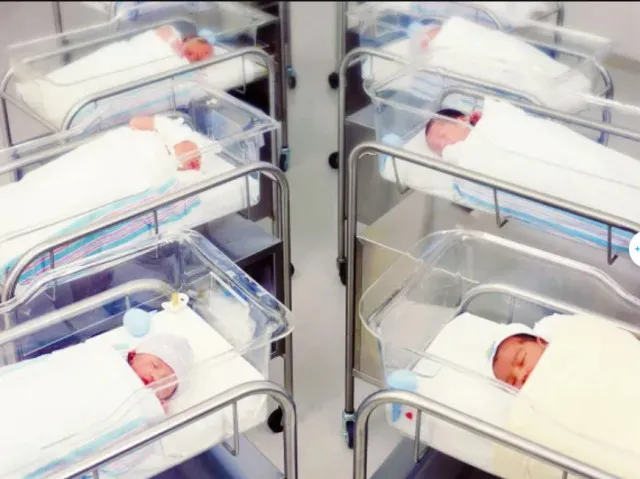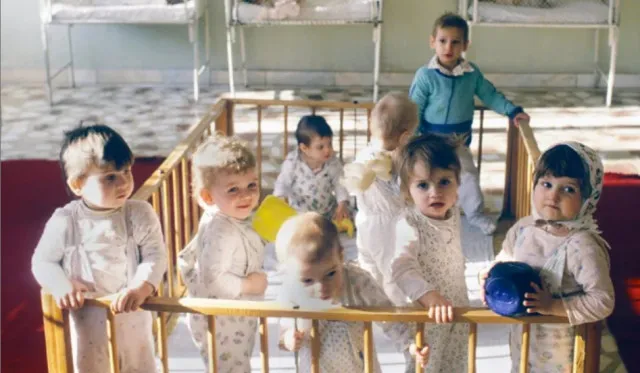For the first time in 60,000 years, humanity is facing record-low birth rates, raising concerns about future population levels.
Humanity is currently confronting a significant demographic shift as global fertility rates decline sharply.
This marks a pivotal moment in our history.
For the first time in an astonishing 60,000 years, the world is witnessing a profound decrease in birth rates.

This dramatic decline sets the stage for a host of far-reaching implications.
The diminishing fertility rates across the globe are triggering concerns about the future population landscape.
This downward trend in births is a cause for reflection.
It has also become a topic of intense discussion among experts and policymakers worldwide.
The repercussions of this demographic shift are profound and multifaceted, touching upon various aspects of society, economics, and geopolitics.
Humanity faces historic low birth rates for first time in 60,000 years
The number of children each woman has, known as fertility rates, is decreasing worldwide.
If this number is above 2.1, the population grows; if it’s lower, the population shrinks.

According to Our World in Data, the global fertility rate for 2024 is currently 2.25.
It explains: “This has happened at different rates worldwide, as you can see in the chart.
Fertility rates in Europe, the Americas, and Asia are now below or close to two children per woman.
Across Africa, this figure is higher but has also fallen significantly. In the 1970s, it was almost seven children per woman.
Today, it’s almost four.
And the UN expects rates to keep dropping to less than three in 2050 and approaching two by the end of the century,” Our World in Data explained.
In North America, the number of children per woman was 3.76 in 1958 but is now 1.59 in 2024.

Asia’s rate has fallen to 1.88, Latin America and the Caribbean to 1.80, and Europe to 1.40.
The Spectator claims that the global average, stated as 2.25 by the UN, is actually below the 2.1 replacement level.
As populations age and birth rates fall below replacement levels, countries are facing significant challenges.
The implications of this demographic transition are vast.
According to IHME Health Data, global fertility rates are dropping dramatically and will reshape population patterns by 2100.
By 2050, about three-quarters of countries won’t have high enough fertility rates to maintain their populations, increasing to 97 percent by 2100.
This shift suggests that for the first time in 60,000 years, birth rates are insufficient to replace those who are passing away.
Despite this decline, it doesn’t mean the world’s population will plummet to the point where humans vanish.
Furthermore, countries may face a dwindling workforce and strained social welfare systems.

Altered consumer patterns are also among the challenges anticipated in the coming years.
The economic landscape is expected to undergo significant transformations due to increasing labor shortages.
This shift will impact industries and businesses across various sectors.
Moreover, the geopolitical balance of power could also be affected by these demographic shifts.
Countries with declining birth rates may find themselves at a disadvantage in terms of influence and competitiveness on the global stage.
The redistribution of populations and the changing dynamics of migration patterns are expected to reshape international relations in unforeseen ways.

Lead Research Scientist from IHME Dr. Natalia V. Bhattacharjee stated:
“The implications are immense.
These future trends in fertility rates and livebirths will completely reconfigure the global economy,
the international balance of power and will necessitate reorganizing societies.
“Global recognition of the challenges around migration and global aid networks are going to be all the more critical when there is fierce competition for migrants to sustain economic growth and as sub-Saharan Africa’s baby boom continues apace.”